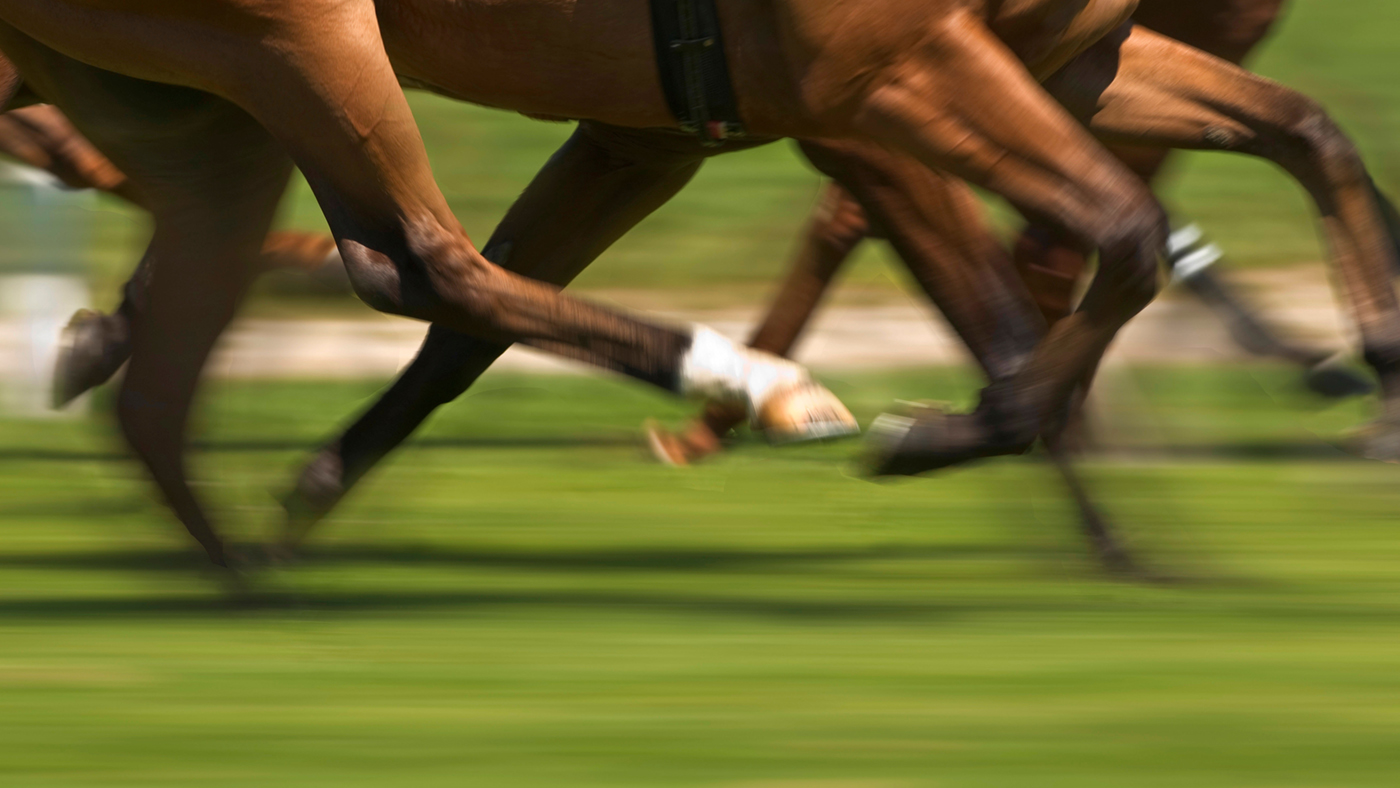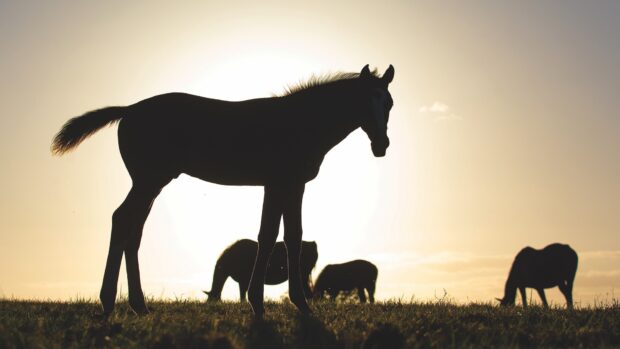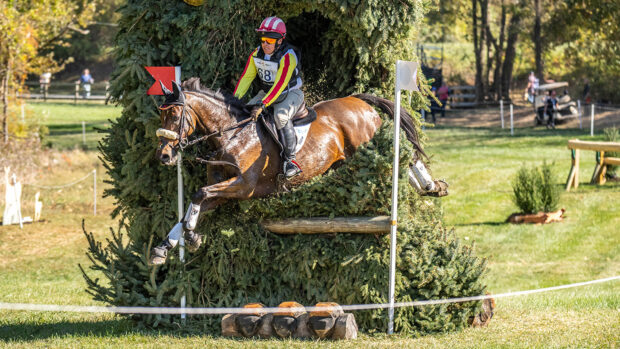The identification of genes that may contribute to risk of fracture in thoroughbreds could help reduce this risk in horses.
Research carried out by a team at the Royal Veterinary College (RVC) has identified 112 genes that may be involved in risk of fracture, in the second study of a series of related research.
“These findings will inform further research into genetic risk factors, contributing to health and wellbeing efforts and supporting the development of novel interventions to reduce fracture risk in horses,” an RVC spokesperson said.
“Bone fractures are common in thoroughbred racehorses and are sadly a leading cause of euthanasia but fractures are a complex condition; both environmental and genetic risk factors affect a horse’s susceptibility.”
The team, led by senior research fellow Debbie Guest, used stem cells from horses at low and high risk of fractures as determined from previous research, to make bone-forming cells. They then measured every gene expressed by the cells.
“The study identified 112 genes that may be involved in fracture risk and demonstrated that many of these genes regulate the bone matrix,” the spokesperson said. “However, a large number of the genes have never been studied in bone before and more research is needed to understand the function of these genes in bone cells and how they contribute to fracture risk.”
A previous study found that collagen type III, needed for normal bone formation, is expressed in lower levels in horses with higher risk of fracture. Future work will help identify other genes and processes to understand better why some horses are more susceptible to fractures.
“We know fracture risk has a genetic component and have previously developed a polygenic risk score for fracture to allow us to identify horses at increased risk,” Dr Guest said.
“In this study, we have identified many new genes which have altered expression in bone cells from high-risk horses. We can now begin to develop a deeper understanding of how bone tissue is altered in high-risk horses and new interventions to reduce their risk.”
- To stay up to date with all the breaking news from major shows throughout 2025, subscribe to the Horse & Hound website
You may also be interested in:

Researchers find a reason why some horses have a higher risk of fractures

Risk factors that could reduce fatalities in jump racing identified

‘We’re delighted to bring loyal readers this benefit’: H&H magazine subscribers get free website access




